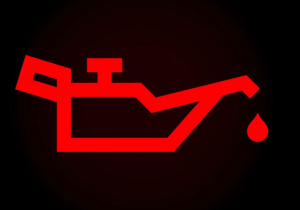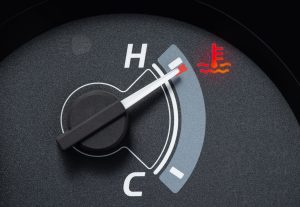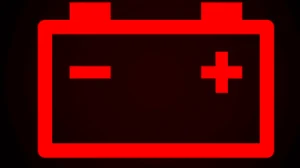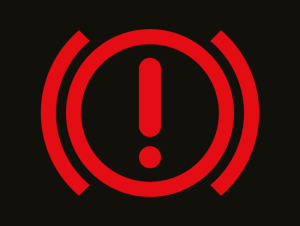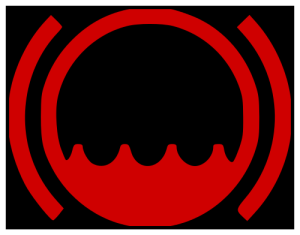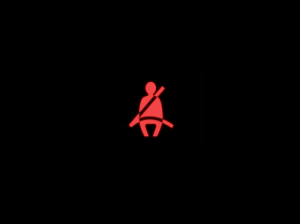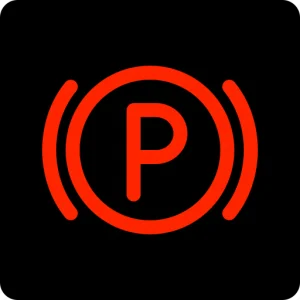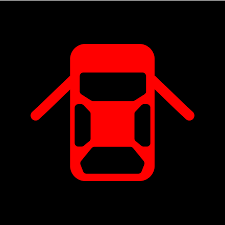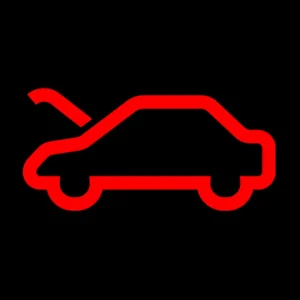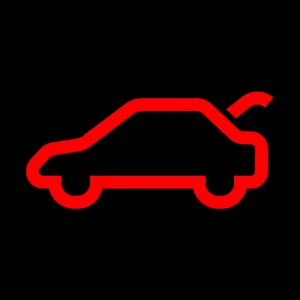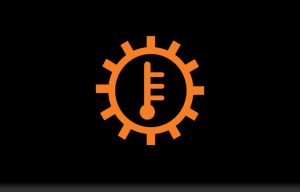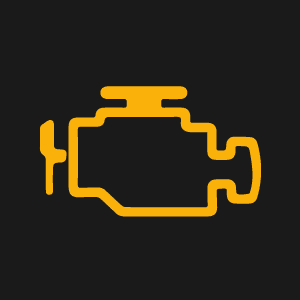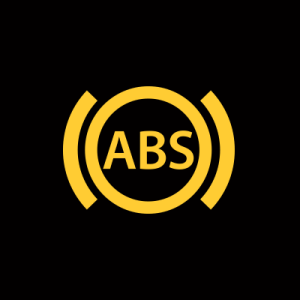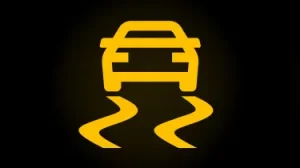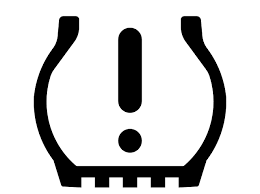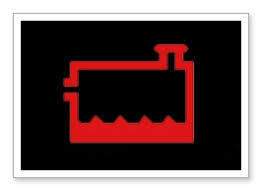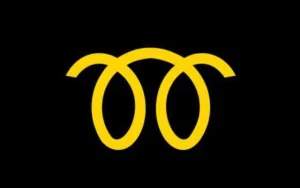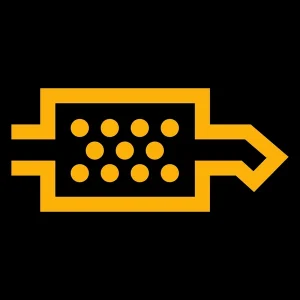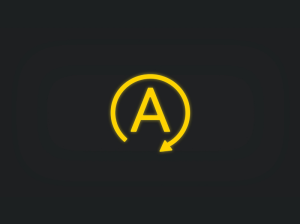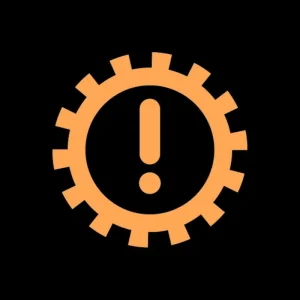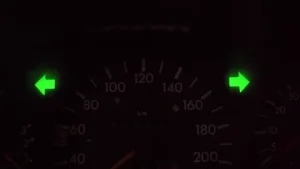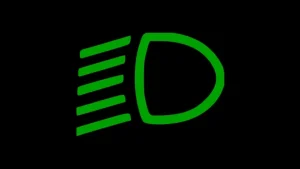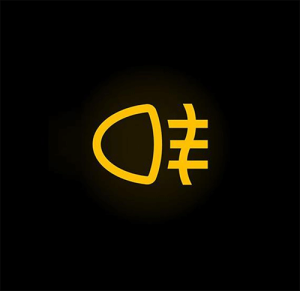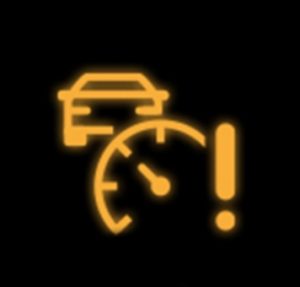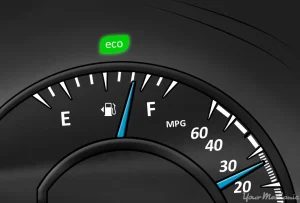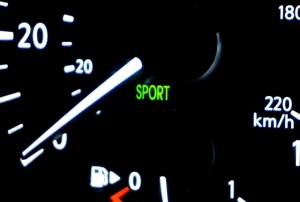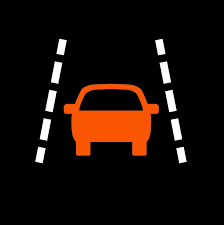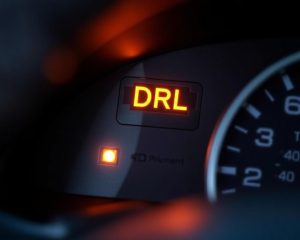Knowing what every symbol on your Picanto’s dash means lets you tackle small issues before they escalate and helps you pull over fast when a major fault appears. Colours work like traffic lights: red = stop, amber = check soon, green = system on.
Quick Navigation
Red (Stop Immediately)
Engine Oil Pressure
Oil isn’t circulating. Pull over, switch off, check and top up oil; call recovery if light stays on.
Engine Overheat
Coolant temperature too high. Stop, turn engine off, let it cool, refill coolant if low.
Battery / Charging System
Alternator or battery fault. Turn off extras and drive straight to a workshop.
Brake System
Hydraulic fault or parking brake engaged. Stop safely and seek professional help.
Brake Fluid Low
Fluid under safe level. Add correct fluid and have brakes inspected urgently.
Seatbelt Unfastened
Driver or passenger belt not latched. Buckle up; chime stops when secure.
Airbag Fault
SRS system inactive. Airbags may not deploy; drive carefully to a dealer.
Power Steering Failure
EPS shut down; steering heavy. Stop soon and book service.
Parking Brake Applied
Handbrake left on while moving. Release fully to avoid brake damage.
Door Ajar
A door isn’t closed. Stop, open and firmly shut all doors.
Bonnet Open
Hood unlatched. Pull over and secure it before driving.
Tailgate Open
Boot not closed. Stop and slam shut until latch clicks.
Master Warning Triangle
Multiple critical faults detected. Park, read cluster message and arrange towing.
Transmission Overheat
Auto gearbox fluid too hot. Pull over, idle until light clears; seek inspection.
Yellow / Amber (Action Required Soon)
Check Engine (MIL)
Engine control or emissions issue. Book diagnostics promptly.
ABS
Anti-lock braking offline; normal brakes work but wheels may lock. Visit service centre.
ESC / ESP
Stability system fault. Extra care on bends; arrange check.
Low Fuel
Tank nearly empty. Refill soon to avoid stalling.
Tyre Pressure Low
One or more tyres under-inflated. Inflate to placard pressures and inspect for punctures.
Coolant Level Low
Insufficient coolant. Add 50/50 mix and look for leaks.
Glow Plug (Diesel)
Plugs pre-heating or faulty. Wait for light to go out before starting; if it stays on, get service.
DPF Regeneration
Diesel particulate filter clogged. Maintain steady speed; if light persists, see dealer.
Idle Stop & Go Fault
Start-stop disabled. Check battery or visit workshop.
Forward Collision Assist OFF
FCA unavailable. Clean sensors; service if message remains.
Lane Keep Assist OFF
LKA disabled or faulty. Reactivate via steering button; service if light stays.
Auto Transmission Fault
Shift control problem. Gear changes may be harsh; have system scanned soon.
Green (Information Only)
Turn Signal
Flashes while indicators operate; faster flash hints at bulb failure.
High Beam
Headlamps on high beam; dim for oncoming traffic.
Low Beam
Dipped headlights active for night driving.
Front Fog Lights
Front fogs on; use only in poor visibility.
Rear Fog Light
Bright rear lamp lit; switch off when visibility improves.
Cruise Control Set
Cruise speed stored; tap brake or switch to cancel.
ECO Mode
Engine and gearbox retuned for economy; throttle response gentle.
Sport Mode
Throttle and shift points sharpened for lively driving.
Smart Mode
System auto-selects eco or sport based on driving style.
ISG Active
Engine stopped at a halt to save fuel; restarts when brake released.
Auto Hold Engaged
Brakes stay applied after stopping; tap accelerator to move.
Lane Keep Assist Active
Cameras detect lane lines and apply gentle steering help.
Parking Sensors ON
Ultrasonic sensors scanning obstacles while manoeuvring.
Daytime Running Lights
DRLs illuminated for extra daytime visibility.
When looking at Kia, make sure to check out our guides on models like the Kia Sportage, Kia Soul, Kia Optima, and Kia Forte (Cerato). Understanding dashboard warning lights is essential. Our expert reviews break down what each light means, highlighting common alerts for these models and what they could signal about underlying issues, so you’re never left guessing behind the wheel.

